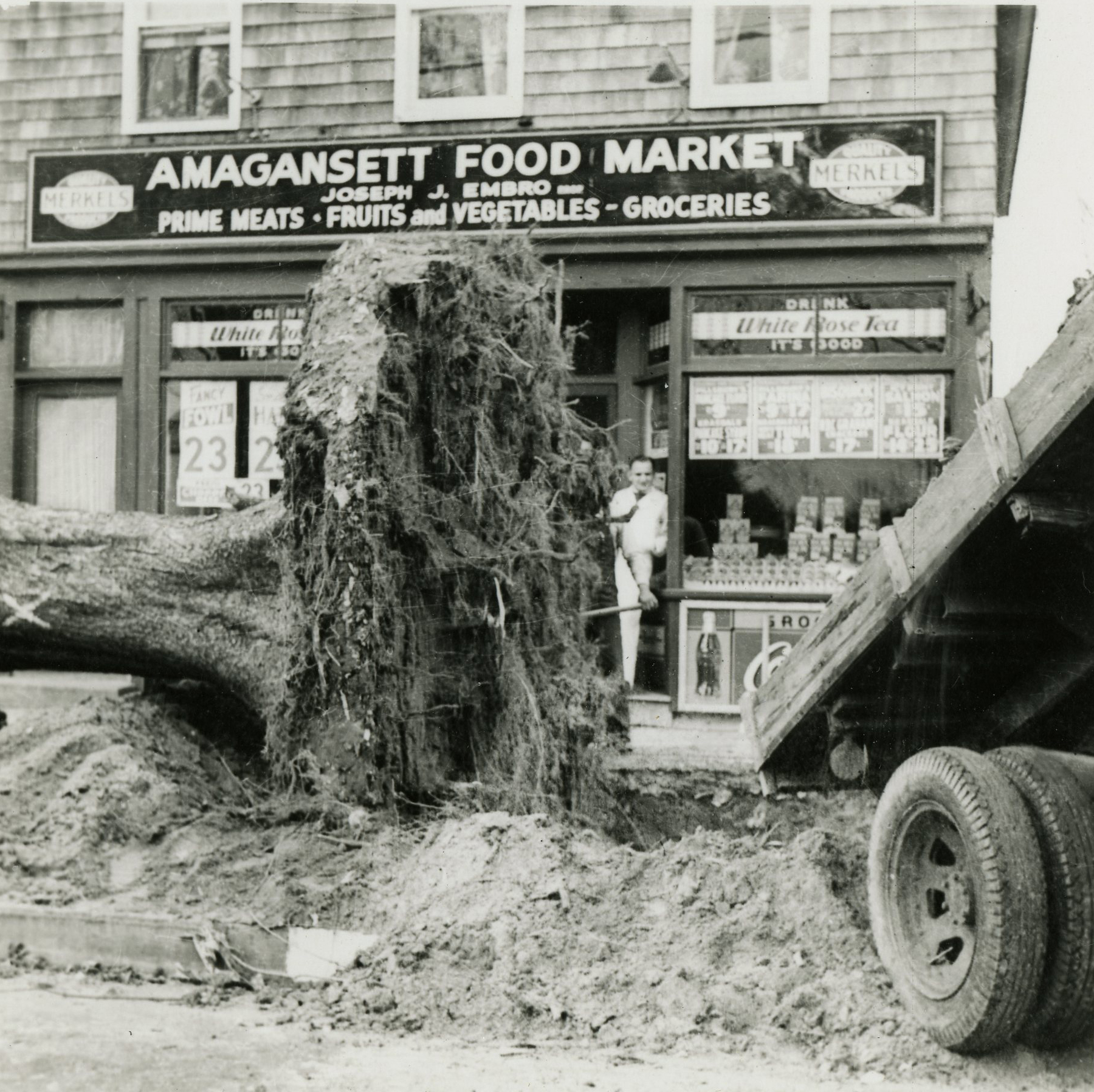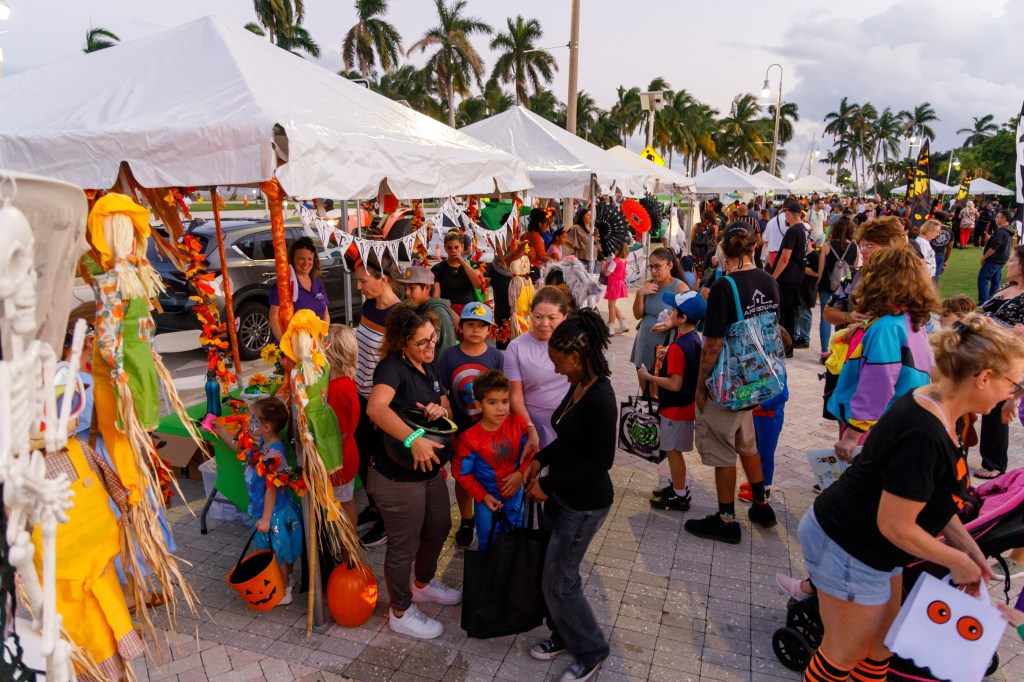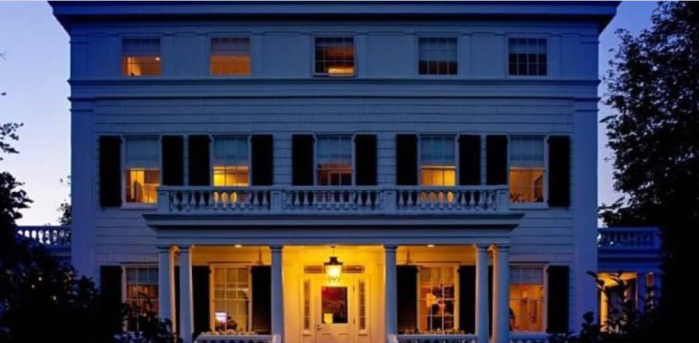The Hurricane of 1938 Changed Lives And The Landscape Of The Hamptons

September 21, 1938, 3 p.m., high tide. A hurricane lashes ashore in 10-foot surges in Westhampton, then whips east at 100 mph to become the most devastating storm recorded to date on the Northeast coast. That was 74 autumnal equinoxes ago. Though books, articles, memoirs and photographs already bear witness to the enormity of the destruction, the East Hampton Historical Society has mounted an absorbing exhibit of 122 rare photographs taken one and two days after the 1938 hurricane (names for the storms only started to be given in the 1950s). Called “The Long Island Express: Rare Photographs of East Hampton Town After the 1938 Hurricane,” the exhibit may be “cautionary,” as EHHS Director Richard Barons says, yet the proof on the walls also shows that the hurricane was not only about destruction but “about the past and community,” recalling an era when life seemed simpler, more neighborly—and still looked like Norman Rockwell’s small town American.
Click to see a photo gallery of the Hurricane of 1938 provided by the East Hampton Historical Society
Many of the original black-and-white photos were discovered in albums of the Jewett and Edwards families (Camilla Jewett’s late husband Edward H. Jewett Jr. was a main photographer). These 2” x 3” pictures are arranged in glass display cases at the Clinton Academy Museum, but the striking, scanned blow-ups on the walls are the heart of the exhibit, and can also lay claim to originality, as the images sharpen details, evince slight tonal hues that enhance the sense of vintage history and show that East Hampton got off relatively light, compared with other areas on the East End. Only one life was lost in the village. Perhaps that’s why a couple of photos could even be considered humorous, with people posing in front of absurd configurations of uprooted trees and cars, as though to ask, “Well, what else can I do? At least I’m here.” Whereas in other villages people actually lost their homes, in East Hampton most people only lost “use” of their homes, Barons points out, noting they were quick to start in on repair and restoration. The exhibit thus stands as a kind of corrective cultural history by showing that East Hampton did not suffer the loss of life and property sustained by, say, Southampton and Montauk. It also serves to identify buildings that had hitherto been misidentified, such as the Gosman Round House, said to have been destroyed. Previously, it was also thought that The Fishing Village (Fort Pond Bay) in Montauk had been totally leveled, but the photos show that it was not. Though the Jewett and Edwards families are the main source of these photos, contributions also come from East End libraries and other contributors.
Not incidentally, as Barons notes, the exhibit shows off the accomplishments of amateur photographers, family members and their friends, some identified, some not, but many clearly possessing a fine eye for composition and the desirability of including figures to provide a sense of human scale. In some cases, the images are surprisingly imaginative, such as Earl Gardell’s “East Hampton Photographer Caught in Mirror Image in a Damaged Cabana at the Maidstone Club,” as a note puts it on the back of the photo (Gardell was a friend of Herbert N. Edwards). Another photo, unintentionally ironic in its subject’s name, shows “Mrs. Messmore’s Car, Wrecked While She Was At the Hairdresser” (Jewett collection). Such personal and resonant photographs, Barons says, attest to the value of having local historical societies. Only they would have such memorabilia and recognize when the timing was right to mount an exhibit. Local history need not wait on big numbers—the 75th anniversary of the Hurricane of ’38, for example—as the chance discovery of treasures in albums and attics provides occasion enough. In fact, a sign-in notebook requesting viewers to share their “1938 Hurricane Thoughts, Reminiscences, Stories and Photos” has already elicited some fascinating comments and should be considered an integral part of the display.
“The Long Island Express” is a significant and attractive exhibit. A massive front-page blow up from the September 22, 1938 The East Hampton Star welcomes visitors at the Clinton Academy’s entrance and introduces the subject with a touch of unexpected whimsy: it’s the real front page, beautifully enlarged and featuring hurricane headlines and news, but it also contains some society notices, scheduled to run that day. Life goes on.
“The Long Island Express: Rare Photographs of East Hampton After the Hurricane of 1938” runs through October 8, 2012. Donations appreciated. The Clinton Academy Museum is located at 151 Main Street, East Hampton.
More info at www.easthamptonhistory.com.









